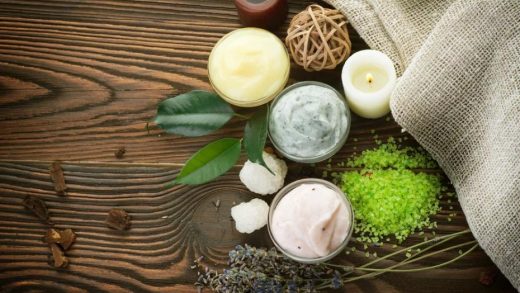What’s All The Fuss About Preservative Free Wines
You’ve probably heard that sulphates in wine are to blame for the throbbing headache and foggy hangover the next day. However, are they actually at fault? Here’s all you need to know about these wine compounds, as well as how you can change your wine drinking habits with preservative-free wines.

Source: daliaresearch.com
Contents
What Are Sulphites in Wine Used for?
Sulphites are a food preservative commonly employed in winemaking due to their ability to preserve the flavour and freshness of the wine. While sulphites may be found in a variety of foods and beverages, they are notably linked to a slew of wine-related adverse effects, including the dreaded morning headache.
While some people can handle sulphites, others may have severe adverse allergic reactions such as hives, edema, and stomach discomfort. Some individuals believe that sulphites in wine cause unpleasant symptoms such as headaches, rosacea, and asthma. These symptoms are minimised or eliminated when people switch to preservative-free wines. Please keep in mind that preservative-free does not always imply organic. Organic wines must have a minimum quantity of sulphites, which cannot be added by the winemaker. They are permitted to use small amounts of preservatives because it is a naturally occurring by-product.
Sulphites are naturally occurring chemicals produced by fermentation, and they’re present in all wines making it hard to get completely sulphite-free wine, and although many winemakers add additional sulphites as a preservative, low-sulphite wines do exist.
While certain wines are both organic and preservative-free, they’re not synonymous with one another. If you want to avoid sulphates as much as possible, seek bottles with the words “no sulphites added” on the label, or look for organic wines, which must be manufactured from organically cultivated grapes and have no added sulphites.
Sulphites have long been employed to maintain wine’s freshness and to improve its colour and flavour, which isn’t always a bad thing. But, with so many commercial wines including hundreds of additional unknown chemicals, it’s no surprise that a bottle of wine might open a lot of health problems. To decrease the risk of potential adverse effects, study your wine and look for “no added sulphites” labels. If a wine is labelled “sulphite-free,” it merely implies that there are no added sulphites. The closest thing to sulphite-free wine is organic wine that does not have the “contains sulphites” label.

Source: verywellfamily.com
Why Choose Preservative Free Wines and Are They Just as Good?
Preservative-free wine has no sulphur dioxide, which is the preservative used in a wine. According to research, these varieties of preservative free wine may have more health advantages and fewer negative effects than commercially made wines that contain added preservatives.
Although certain organic and biodynamic wines are preservative-free, this is not true of all organic and biodynamic wines. Organic and biodynamic wine in Australia, on the other hand, contains very little sulphur dioxide in order to meet Australian organic requirements. As a result, when discussing preservatives in wine, it is more correct to say ‘no additional preservatives’ rather than ‘preservative-free.’ With all of the positives mentioned, you’ll absolutely love the preservative free wine selection.
How Are Preservative Free Wines Made?
Natural wine, organic wine, and biodynamic wines are produced with as little chemical intervention as possible. While it would be incorrect to claim that there are no sulphites in wine, there are wines with minimal sulphite levels that are naturally occurring rather than artificially manufactured. You may make a sulphite-free wine if you are diligent and pay close attention to equipment cleaning. Because it lacks additional protection, your wine will be very susceptible to spoiling microorganisms. Here are a few things you can take to improve your chances of creating a sulphite-free wine. Aside from these safeguards, the winemaking process is the same. Both the fermentation and clearing processes are identical. You just need to be cautious about hygiene and minimise your wines’ exposure to the outside world.

Source: wine.lovetoknow.com
If you want to use the least amount of sulphates, reduce the number of microorganisms and oxygen that come into touch with your wine at all stages of production. Cleaning and sanitising thoroughly your equipment and working surfaces is one of the simplest ways to reduce spoilage and pests. Before you begin, ensure that the incoming fruit, juice, or concentrate is clean, pasteurized and free of any bacterial colonies. To out-compete spoilage organisms in the first few weeks of a wine’s life, use a strong-fermenting commercial yeast for primary fermentation. Also, make sure that your wine has been fermented to dryness so that there is no residual sugar remaining to serve as a carbon source for rotting bacteria. During transfers and rackings, gas your empty containers with carbon dioxide to ensure minimum interaction with oxygen.
Alcohol and acid are natural wine components that suppress microbes. Wines with a high pH and low acidity are more susceptible to microbial assault, therefore maintaining the pH around 3.5 can help delay spoilage The lower the pH, the more dissatisfied most types of spoilage bacteria are. Similarly, the higher the alcohol content, the more dissatisfied the organisms, so alcohol levels above 14% can help keep pests away.

















